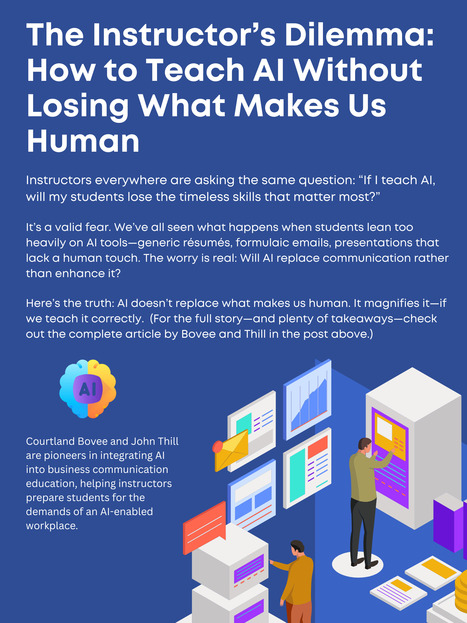
Instructors everywhere are asking the same question: “If I teach AI, will my students lose the timeless skills that matter most?”
It’s a valid fear. We’ve all seen what happens when students lean too heavily on AI tools—generic résumés, formulaic emails, presentations that lack a human touch. The worry is real: Will AI replace communication rather than enhance it?
Here’s the truth: AI doesn’t replace what makes us human. It magnifies it—if we teach it correctly.
Communication is the anchor. It’s what determines whether AI output is ethical, strategic, and credible. Students need to know how to use AI for brainstorming, drafting, and editing—but also how to question, refine, and humanize the results. That balance is what turns a tool into a career advantage.
Unfortunately, most business education treats AI as a technical add-on, not a communication issue. That’s the blind spot John Thill and I set out to close. In Business Communication Today, 16th Edition, we integrated AI into every chapter, showing students how to use it responsibly across writing, presenting, collaboration, social media, and job hunting.
We don’t just give them tools. We give them a framework:
When to use AI—and when not to
How to evaluate its output critically
How to disclose its use ethically
How to ensure communication stays clear, authentic, and persuasive
This is the real work of teaching AI: not replacing traditional skills, but protecting them—and preparing students for a workplace that demands both.
👉 That’s not a dilemma. That’s an opportunity.




 Your new post is loading...
Your new post is loading...


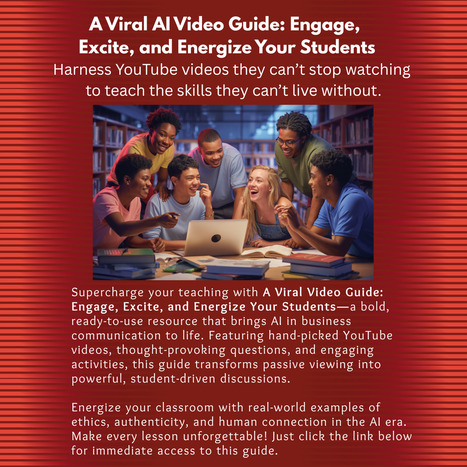
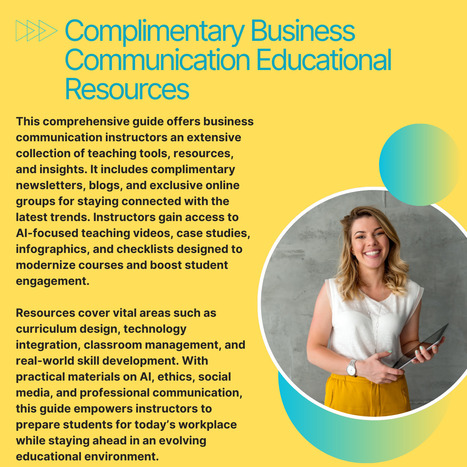
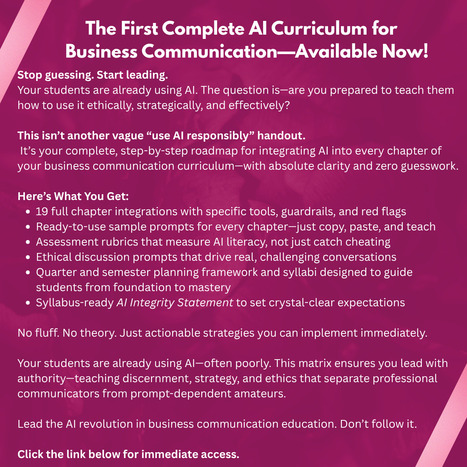
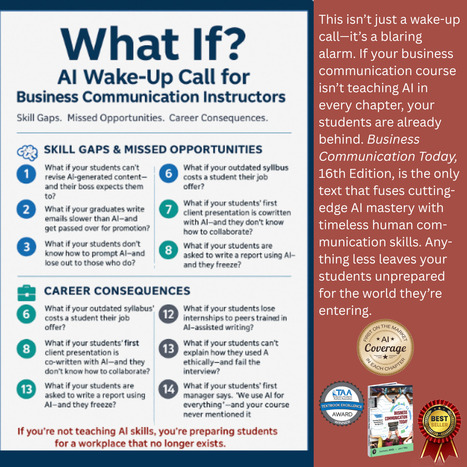
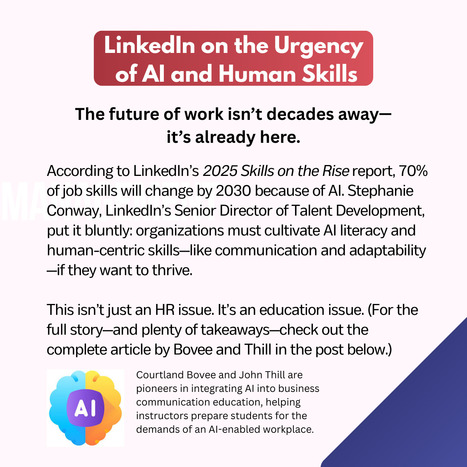
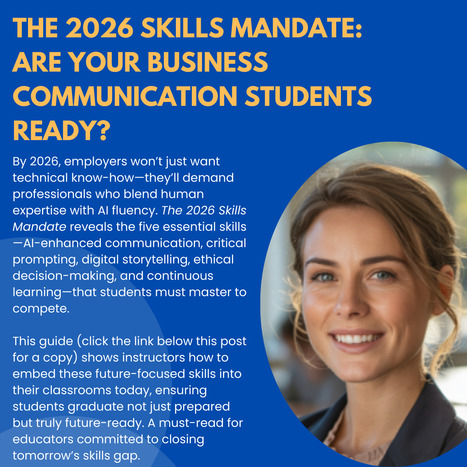
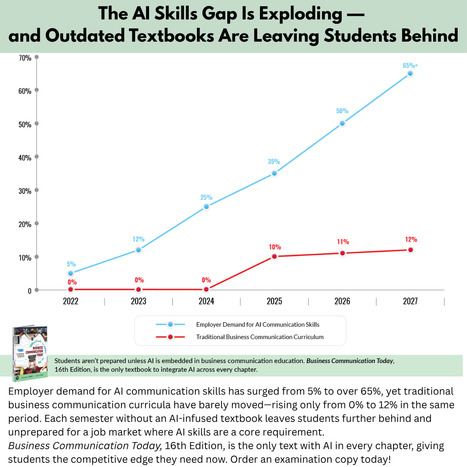
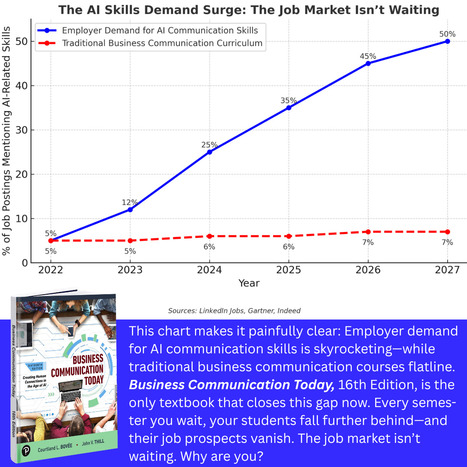

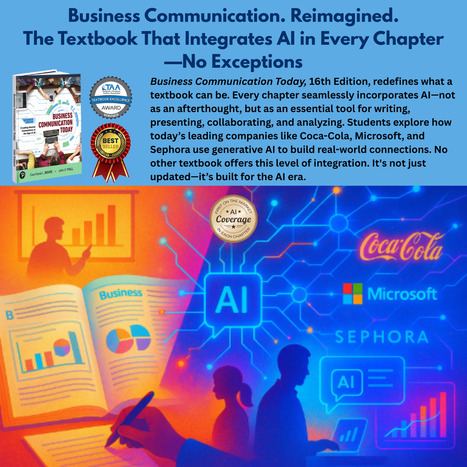

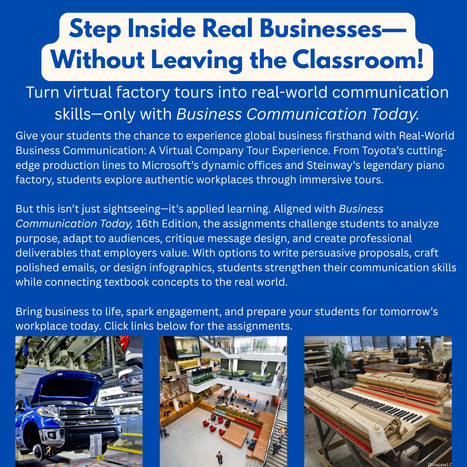
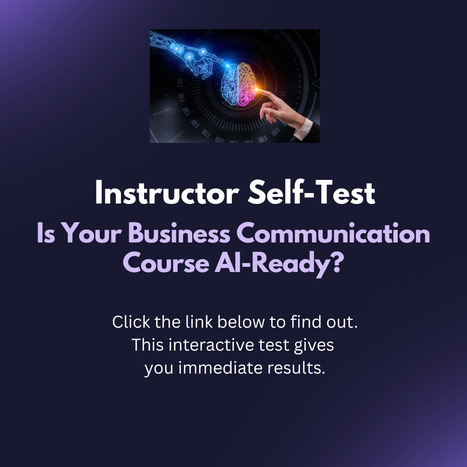

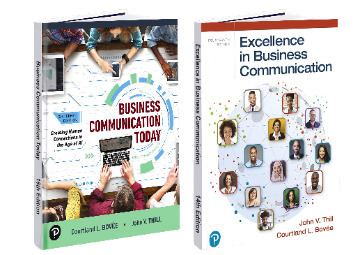

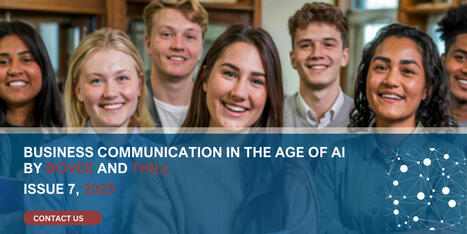
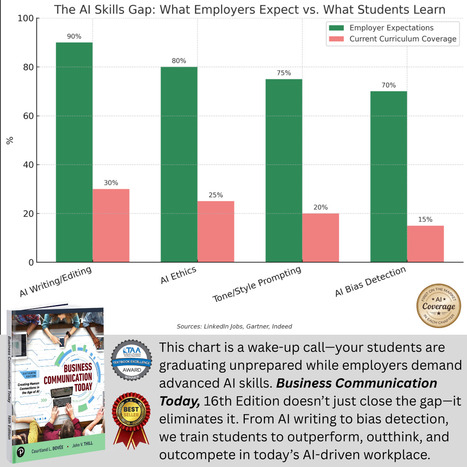
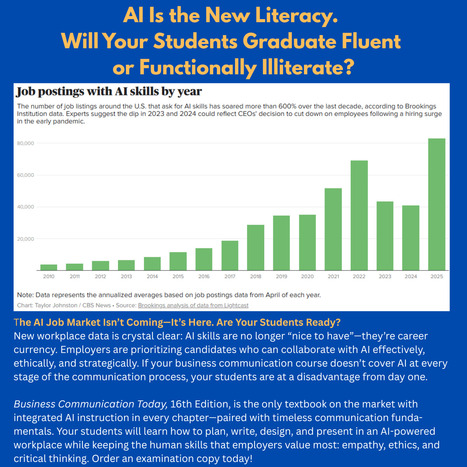
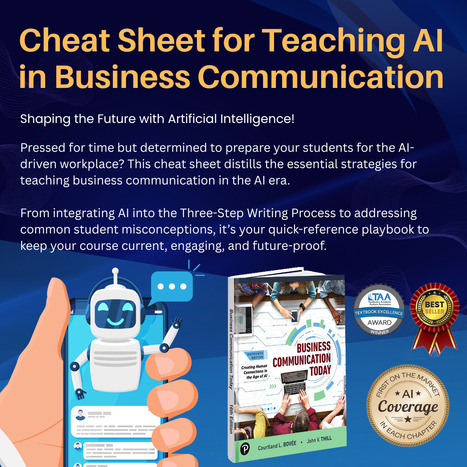
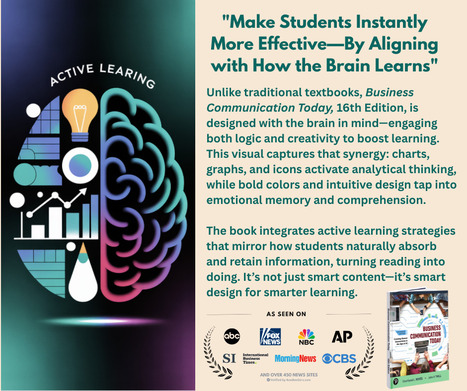





Order an examination copy.